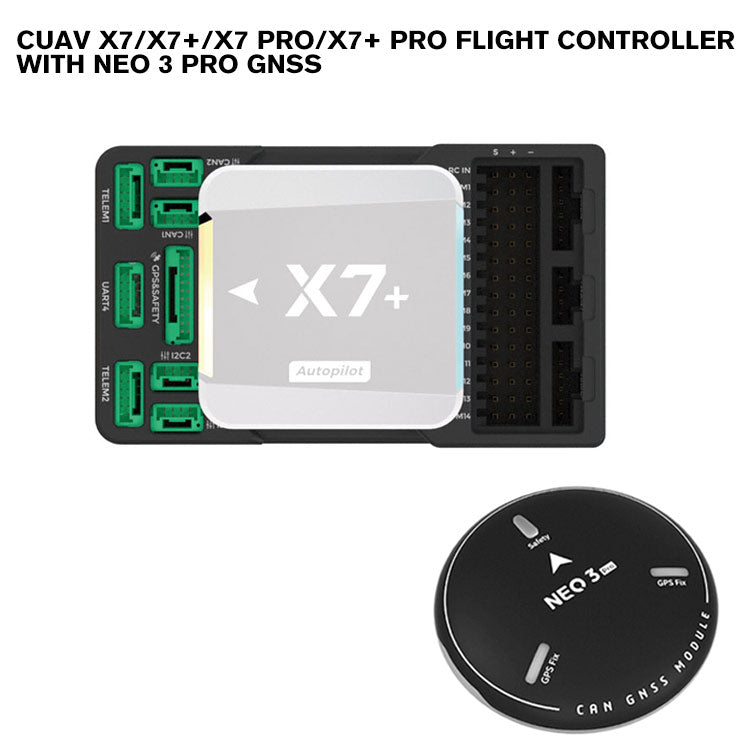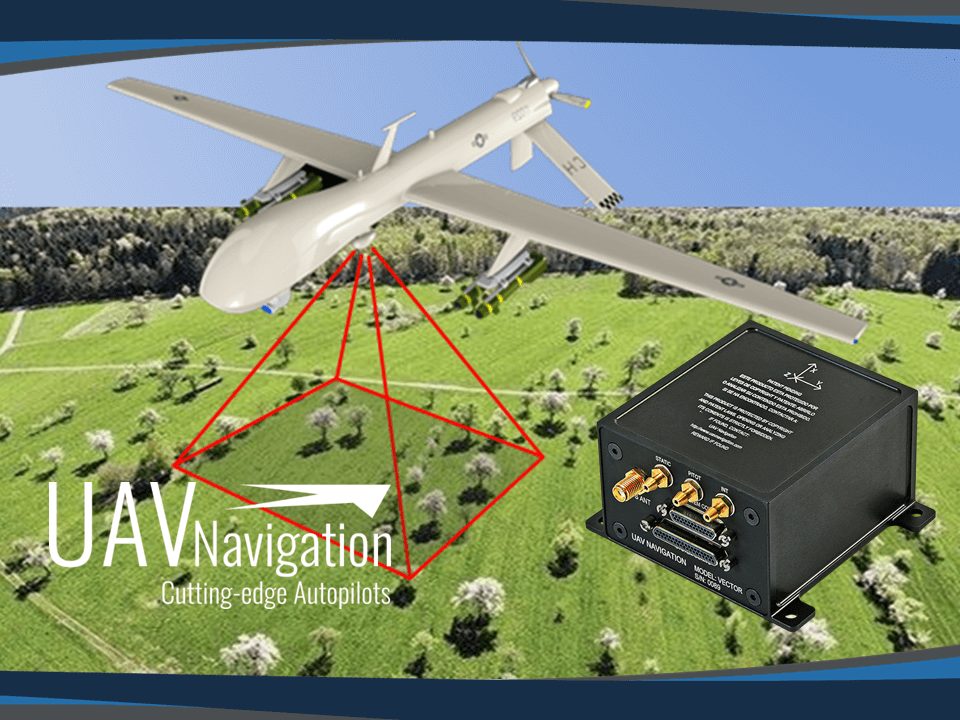Improve Drone Efficiency with SparkNavi Drone Flight Controller and GNSS/INS Made in Taiwan
Improve Drone Efficiency with SparkNavi Drone Flight Controller and GNSS/INS Made in Taiwan
Blog Article
Comprehending the Necessary Features and Functions of a Drone Flight Controller for Optimum Airborne Efficiency
The trip controller works as the pivotal part in a drone's design, managing its movements and making certain security through an advanced interaction of sensing units and data handling. Recognizing the necessary attributes and features of these controllers is important for optimizing aerial performance, as they dictate not just navigational precision however likewise general security and integrity. With developments in modern technology, the landscape of trip controllers is swiftly progressing, motivating a better evaluation of what genuinely defines optimum functionality in this crucial system. What implications do these advancements hold for both enthusiasts and professionals in the area?
Summary of Flight Controllers
When discovering the globe of drone innovation, comprehending trip controllers is important for both specialists and hobbyists alike. Flight controllers work as the brain of the drone, managing its activities and guaranteeing stability during trip (SparkNavi drone flight controller and GNSS/INS made in taiwan). They refine information from various sensing units, including accelerometers, measures, and gyroscopes, to preserve balance and reply to pilot inputs properly
The architecture of flight controllers can vary dramatically, ranging from basic versions made for entry-level drones to advanced systems geared up with advanced features for professional applications. The integration of GPS abilities enables exact navigation and positioning, while programmable firmware enables customers to personalize trip features to fit their certain needs.
In addition, trip controllers are pivotal in assisting in communication in between the drone and the remote, allowing real-time adjustments and telemetry data transmission. Understanding the different kinds of flight controllers, including multi-rotor, fixed-wing, and hybrid systems, is essential for selecting the proper model for an offered application. Eventually, a comprehensive grasp of trip controllers not only enhances the flying experience but also optimizes the performance and security of drone procedures.
Key Functions of Trip Controllers
Trip controllers play a critical role in handling a drone's flight characteristics by carrying out a number of crucial features that guarantee stability and responsiveness. One of the main functions is the stablizing of the drone's alignment and altitude. This is accomplished through the combination of various sensing units, including accelerometers, gyroscopes, and barometers, which continuously keep track of the drone's placement and motion.
.png)
Another necessary function is the processing of control inputs from the pilot or autonomous systems. The flight controller interprets these inputs and readjusts the drone's motor speeds as necessary to attain the preferred flight course. This includes handling pitch, roll, and yaw, which are critical for ability to move.
In addition, flight controllers are outfitted with foolproof mechanisms. These features are made to respond to important circumstances, such as reduced battery levels or loss of signal, by initiating predefined activities like going back to the launch factor or floating in area.

Essential Features to Take Into Consideration
Many crucial attributes should be considered when choosing a drone trip controller to make certain optimal performance and reliability. One crucial aspect is the controller's handling power, which determines its ability to manage complicated trip formulas and real-time information processing. A higher handling capacity improves responsiveness and security during trip.
An additional crucial feature is the variety of sustained trip settings. A functional flight controller should supply various settings, consisting of acro, elevation hold, and GPS-assisted modes, dealing with different pilot ability degrees and functional situations. Additionally, the existence of built-in security features, such as fail-safes and geofencing, can dramatically enhance operational safety.
Compatibility with numerous interaction procedures is additionally vital, as it guarantees smooth integration with other gadgets and peripherals, such as remote controllers and telemetry systems. The controller's firmware should be user-friendly and consistently upgraded to integrate brand-new functions and optimizations.
Integration With Sensing Units and Systems
A trip controller's performance is greatly affected by its capacity to integrate with various sensing units and systems. This integration is crucial as it makes it possible for the flight controller to obtain real-time data essential for reliable trip management. Trick sensing units consist of GPS, inertial measurement units (IMUs), measures, and magnetometers, each supplying important information relating to the drone's position, altitude, and orientation.

Additionally, advanced trip controllers support combination with payload systems, including video cameras and other sensors, enabling enhanced performances such have a peek at this website as autonomous navigating and challenge avoidance. This interconnectedness not just boosts the drone's functional capacities but additionally increases its application potential throughout numerous markets, from airborne photography to farming tracking. Hence, a well-integrated flight controller is essential for achieving ideal airborne performance and making certain see this the integrity of drone procedures.
Tips for Optimizing Efficiency
To maximize the efficiency of your drone, numerous vital methods can be employed that emphasis on optimizing both equipment and software program components. First, make certain that the trip controller firmware depends on day. Producers frequently release updates that improve security, boost capability, and take care of bugs. Routinely examining for these updates can substantially influence your drone's performance.
Proper calibration lessens drift and improves flight security, particularly throughout complex maneuvers. Top notch propellers can minimize drag and boost flight time.
Moreover, enhance your drone's weight by reducing unneeded hauls. A lighter drone not only performs much better however also extends battery life. Finally, fine-tune your trip settings, including PID (Symmetrical, Essential, Derivative) values, to accomplish smooth and responsive handling. By implementing these strategies, drone operators can substantially enhance aerial efficiency, bring about a more enjoyable and efficient flying experience.
Conclusion
Finally, a complete understanding of drone trip controllers is necessary for improving aerial efficiency. The combination of crucial features and vital features, including handling power and safety devices, straight affects the stability and ability to move of drones. Effective interaction with different sensors and systems plays a critical function in attaining exact navigating and functional performance. By focusing on these elements, drivers can dramatically boost the performance and integrity of their drone systems in varied applications.
Flight controllers offer as the mind of the drone, coordinating its motions and ensuring security during trip.Flight controllers play a pivotal duty in handling a drone's flight dynamics by executing several vital features that guarantee security and responsiveness. The flight controller analyzes these inputs and adjusts the drone's motor rates as necessary to accomplish the wanted flight path.Countless important features should be taken into account when choosing a drone flight controller to make certain optimum efficiency and dependability. Thus, a well-integrated trip controller is basic for accomplishing optimal aerial performance and making sure the integrity of drone procedures.
Report this page